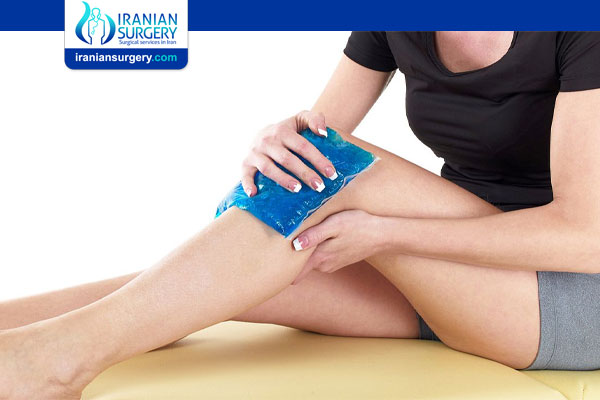What Not to Do After Knee Replacement
What Not to Do After Knee Replacement
Our knee joints take a lot of pounding throughout our lives, which can eventually lead to osteoarthritis and other knee injuries. Knee replacement surgery (knee arthroplasty) is designed to restore knee function and reduce pain by replacing your knee joint with an artificial one. Knee replacement surgery is very common and by 2030, it is expected there will be 3.5 million performed each year in the United States.
Strengthening and stretching muscles is an important part of recovery following knee replacement surgery. However, some types of movements and exercises may do more harm than good. Keep reading to learn what types of movements should be avoided after knee replacement surgery.
Exercises And Movements to Avoid After a Knee Replacement
The goal of knee replacement surgery is to allow you to return to everyday activities without pain. Even though it’s tempting to return to a usual routine as quickly as possible, there are some exercises and movements you should avoid during recovery.
Activities With a High Risk of Falling
After a total knee replacement, loss of strength, range of motion, and balance lead to an increased risk of falling. A fall can damage the prosthesis or interfere with the healing process.
A 2018 study found that 17.2 percent of a group of 134 people who had undergone a knee replacement fell at least once within 6 months of their operation. Roughly two-thirds of these falls occurred when walking.
Some lifestyle modifications to reduce your risk of falling include:
. using the handrail when going up and down the stairs
. using a rubber mat or shower chair when showering
. sitting down when putting on shorts or pants
. keeping the floor clear of stray toys, slippery rugs, and other objects that pose a tripping hazard
. avoiding slippery terrains like mud, ice, or wet grass
Prolonged Sitting
Prolonged periods of sitting after knee replacement surgery can increase the risk of developing a blood clot, especially in the first 2 weeks after surgery. Long periods of sitting can also hamper the drainage of fluid in the lower leg and make swelling worse.
In the first 7 to 10 days after a knee replacement, it is advisable not to sit for more than 45 to 60 minutes at a time. If prolonged sitting is necessary, propping the leg up on a chair or something similar can help minimize swelling.
Too much weight-bearing shortly after surgery
After a knee replacement, most people use a walker, crutches, or other assistive devices. Most surgeons encourage some early weight-bearing and getting out of bed and moving as soon as possible after surgery. For the first several days, this will require the assistance of a nurse or physical therapist.
You should avoid stairs until you’re cleared to do so by your surgeon or physical therapist. When going up the stairs, lead with the leg that did not have surgery and when going down, step first with the leg that did have surgery. This is easy to remember as “the good go up, the bad go down.”
Running And Jumping
The amount of force exerted on a knee joint when running is about three times higher than when walking. Jumping exposes the knee to even higher forces.
Performing activities that involve running and jumping while still recovering from a knee replacement may delay healing or cause damage to the prosthesis. Surgeons generally strongly discourage participating in high-impact activities even once fully healed.
Sports With High Impact or Quickly Changing Directions
While recovering from knee replacement surgery, avoid participating in contact sports or sports that may lead to a sudden twisting or jerking of the knee. Some examples include:
. soccer
. football
. rugby
. skiing
. basketball
. hockey
. gymnastics
Low-impact sports like cycling, golf, and swimming are great options for staying active after knee replacement surgery.
Kneeling
About 60 to 80 percent of people report difficulty kneeling or an inability to kneel after a total knee replacement. There is currently no clinical evidence to suggest kneeling shortens the life of the prosthesis, but if you’re uncomfortable, you should avoid kneeling.
About Iranian Surgery
Iranian surgery is an online medical tourism platform where you can find the best orthopedic surgeons in Iran. The price of Knee Replacement Surgery in Iran can vary according to each individual’s case and will be determined by an in-person assessment with the doctor.
For more information about the cost of Knee Replacement Surgery in Iran and to schedule an appointment in advance, you can contact Iranian Surgery consultants via WhatsApp number 0098 901 929 0946. This service is completely free.
Source:
https://www.healthline.com/health/what-not-to-do-after-knee-replacement


